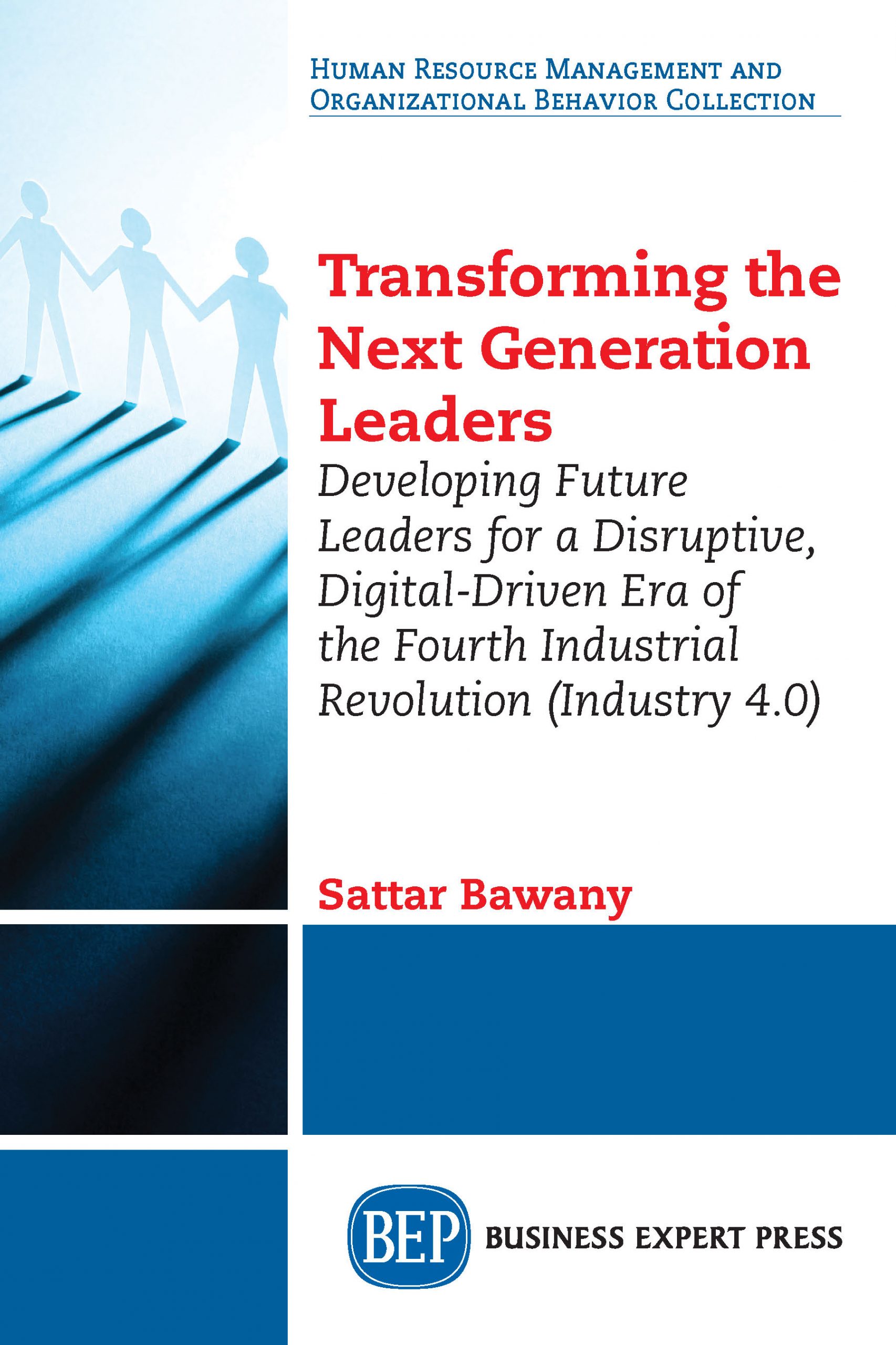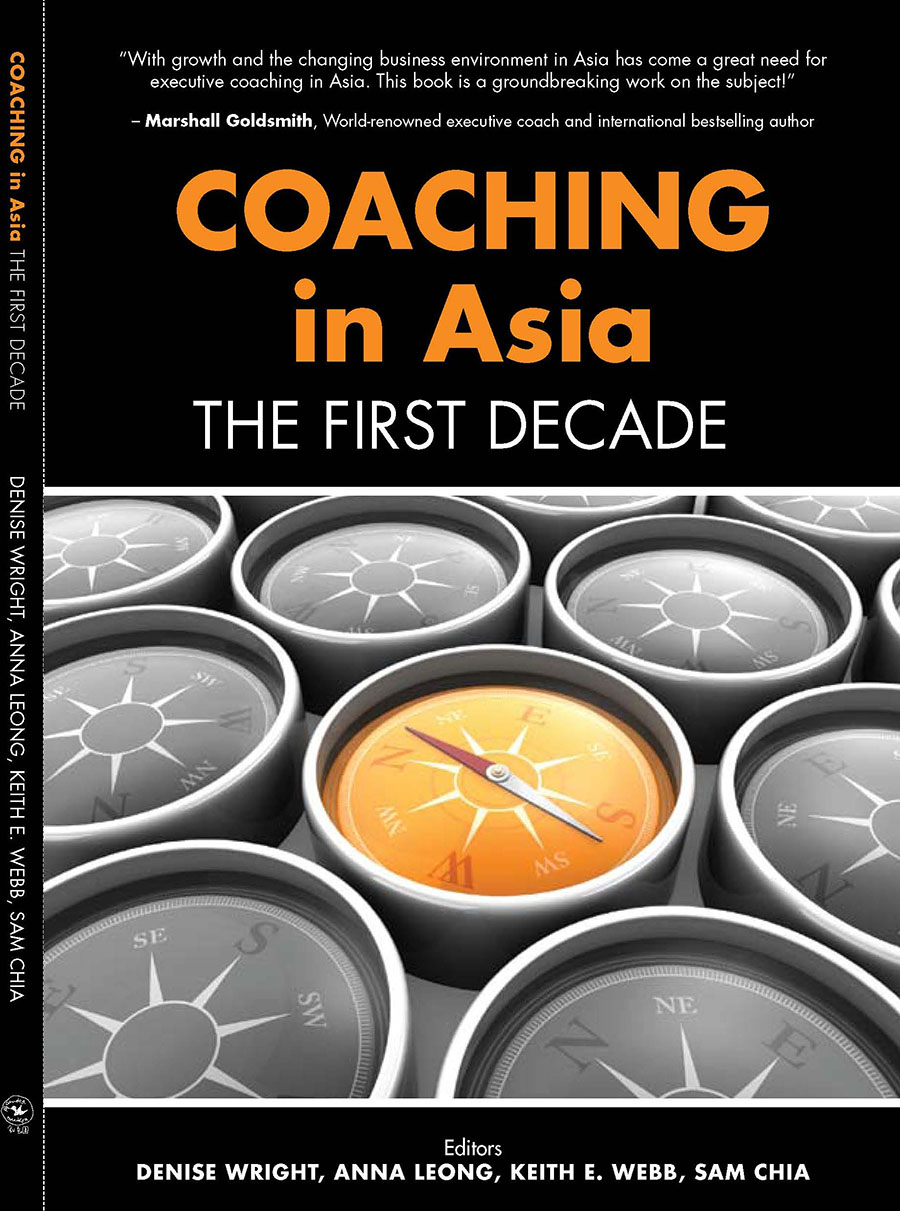Prof Sattar Bawany is a prominent author and leadership expert who has written extensively on managing leadership challenges in crisis and disruptive business environments.
Future-Ready Leadership is a groundbreaking book series equipping next-generation leaders to thrive in an era of digital transformation, disruption, ‘permacrisis’ and ‘polycrisis’. Blending cutting-edge strategies with real-world insights empowers leaders to navigate uncertainty, drive innovation, and build resilient organizations for the ever-evolving business landscape.
Prof Bawany’s latest book in this series is ‘The Making of a C.R.I.S.I.S. Leader” which was released globally on March 7 2025. The book provides leaders with tools to navigate crises effectively and turn challenges into opportunities. It introduces the “C.R.I.S.I.S.” Leadership Model, which highlights essential skills for resilience and strategic decision-making during turbulent times. Key topics include:
- Lessons from past leadership responses to crises.
- Insights into organizational preparedness against mega-disruptive forces like supply chain disruptions and business sustainability challenges.
- A structured “C.R.I.S.I.S.” framework for leadership at all levels, focusing on communication, resilience, strategy, and influence.
The book emphasizes the importance of adaptability and preparation, making it a valuable resource for current and aspiring leaders across industries.
One of his notable works is “Leadership in Disruptive Times (1st Edition)” published in 2020, which explores the critical competencies leaders need to navigate disruption effectively. Key areas addressed in the book include:
- The VUCA World: The book focuses on challenges posed by volatility, uncertainty, complexity, and ambiguity (VUCA), emphasizing how leaders can adapt and thrive in such an environment.
- Disruptive Leadership Competencies: It outlines frameworks for building cognitive readiness, resilience, emotional intelligence, and critical thinking as vital skills for leaders.
- Digital Transformation: Prof Bawany highlights the role of digital leadership in managing transformations spurred by Industry 4.0, helping organizations adapt to technological and workplace disruptions.
- Crisis Management Strategies: The book provides practical tools and strategies for leaders to manage crises, drawing on lessons learned during the COVID-19 pandemic.
- Leadership Development: A significant emphasis is placed on identifying, coaching, and developing high-performing teams and future leaders capable of handling disruptive changes.
The second edition of the book, released in 2023, further deepens its exploration of these themes, offering insights into the post-pandemic workplace and the continuous evolution of leadership roles in a rapidly changing world. It also examines the megatrends of future disruptive forces that organizations need to take into consideration in their crisis management and business sustainability plans. The book also provides best practices, tools, and frameworks on how leaders could transform their organizations to be agile, adaptive, and innovation-driven in the era of constant disruption and crisis.
His earlier book “Transforming the Next Generation of Leaders” published in 2019 focuses on leadership development and future-proofing organizations by identifying and coaching emerging leaders. The key themes include preparing leaders for Industry 4.0, the significance of agility and resilience in leadership, and coaching strategies to foster next-gen leadership capabilities.








